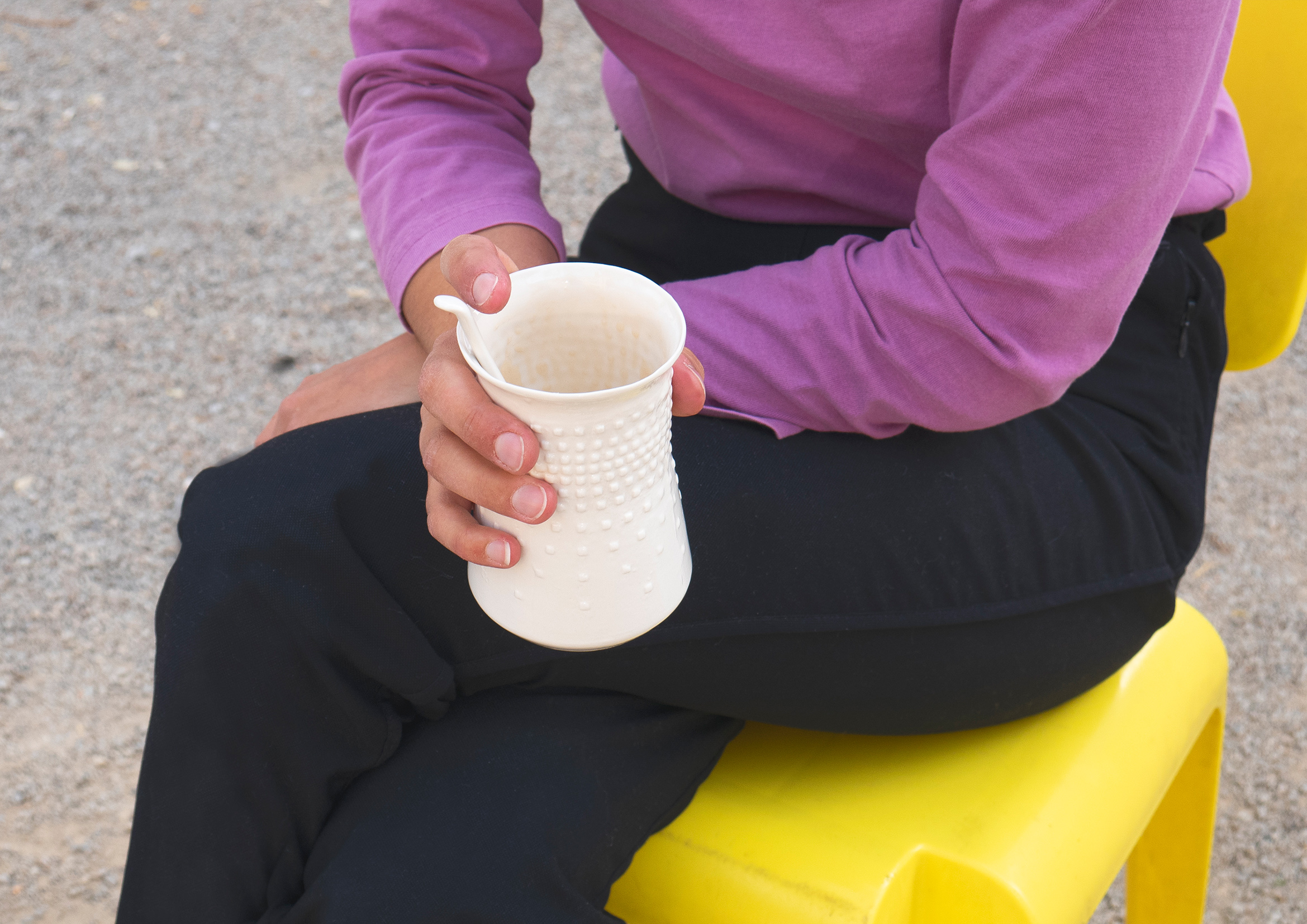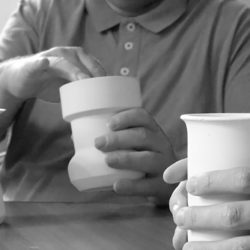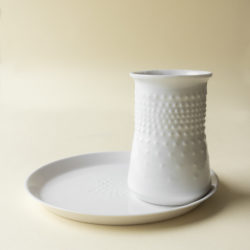Other Sight
Description
This project focuses on the relevance of communication between user and designer throughout the design process. In an interdisciplinary interplay of designing and reviewing, the perceptional features of blind people in interaction with daily objects were worked out.What is the Topic?
In our society, the visual sense is the most dominant one. When absent, some experiences are kept back while others are perceived more intensely. The eye of the blind is their sense of touch - used to create imaginative images of objects or spaces. In product design, in particular, the visual sense plays an important role - in the design process on the part of the designer and in the purchase decision for the consumer. However, when we decide to put a product into action, this happens mainly through touch. In the project „Other Sight“, I tried to create value from absence by engaging with blind and visually impaired people and their tactile senses that are naturally more intensively used.
Why does it look like this?
The design parameters could only arise through the repeated exchange and repetitive checking of what I found out with the blind test persons. The visual appearance of the design is inevitably linked to the haptic “observations” and qualities. The user comes gets in haptic contact with the structure on the drinking vessel. Here it offers grip and encourages haptic discovery. The relief on the plate creates an acoustic feedback, which provides information about where the drinking vessel is on the plate.
What is special?
Through a constant interplay of designing and testing, the haptic perception properties of the blind test persons could be integrated into the design and made accessible to both sighted and blind people.
What is new?
The haptic encounter plays a very important role, especially in the development of products and everyday objects that we touch every day. Nevertheless, many products today are designed almost purely visually. By working with the perception of blind people in dealing with everyday products, functional and aesthetic decisions in the design process have been made through haptic impressions.




